Recess time may be the key to give children social and emotional skills.
Photo: Bigstock.
Classes are mostly directed to instruct academic knowledge, as well as artistic and physical skills. They take up to 99 percent of school time, but what about the 1 percent that represents recess. Does it have the sole purpose to give students some time to rest before the next set of classes? Experts say that recess time may be as valuable as any other subject.
According to research by Oregon State University, break-time offers children the opportunity to develop social and problem-solving skills, as well as dialogue and conflict resolution.
In the classroom, the teacher has a closer control of the interactions between students, necessary action to instill a discipline that allows leading the class efficiently. Recess is valuable because it is the only time in which children are in charge of their own interactions.
Nonetheless, it is also the time in which teachers need to be more aware of what happens in the playground, as William Massey explains:
>
“Kids are inherently wired to play, and they need recess. But we can’t just think of this time in terms of having it or not having it. Recess time can be good for child development, but it also can be an absolute disaster if not done well.”
Explains the Oregon State Professor and principal author of the study. He also stresses the importance of empathy and vigilance in teachers to ensure an environment free of serious conflict, fights, verbal aggression, or bullying.
If recess is the time in which children stop studying and concentrate on being themselves, the teachers’ job is to guide them and provide the social and emotional tools so they can be the best version of themselves.
To do this, we need to reevaluate how we see recess and how can we make the most of it as a learning space in cooperation with the students.
A new harmony between students and teachers
As stated before, recess is the space in which children have control over their interactions, but that doesn’t mean teachers cannot find a way to participate in it without getting in the way of peer dynamics.
The first step is to stop seeing break-time as a reward and start using it as a way to democratize learning, creating opportunities for students and teachers to work together in a fun and relaxed environment.
Peter Wilson, the principal of Burbank Elementary School in California, reported a much lower number of detentions per year. They went from 118 to 44 after they started using a game schedule that involved students and teachers.
>
“I’d rather go out and be present outside, active and involved spending 15 minutes playing every day instead of spending 30–45 minutes suspending a kid. Now, part of my job is to play with kids and teach them how to play instead of laying down the law.”
Wilson explains that teachers need to change the conversation about the purpose of recess in children’s development. With the proper guide and organization, it can be the perfect place for students and teachers to learn and have fun.
The best place to train empathy
Break time can be a double-edged sword, it has a lot of potential for education, but it also gives free rein to situations like fighting and bullying. To stop a negative behavior in the playground, it is imperative that we sensibilize students and help them manage their self-knowledge to get the skills necessary for healthy interaction among them.
The John F. Kennedy Elementary School, also located in California, had a lot of fights in recess, and it became a problem. Matthew Harris, the school’s principal, understood that what happened in break-time was only a symptom of a bigger issue, so he worked with a playtime consulting firm to create solutions that changed school culture.
With the help of coaches, the school started training teachers to lead games that promoted inclusion, the idea of sharing spaces, and conflict resolution. They also worked with senior students and enabled them to be role models for their junior classmates. Fights and bad behavior in the playground decreased significantly, and the time that teachers need to transition kids back to class lowered by 34 percent.
For Harris, kindness begets kindness, to teach and encourage empathy in schools is the best way to make the students feel safe, happy, respected, and ready to learn.
There are a lot of ways to take advantage of recess and use it as a learning experience. The only thing we need to unlock its potential is to change the image that teachers have about recess, and understand that is not an interruption or a reward, is the best chance to let the students learn the way they like it the most: Playing.
This article from Observatory of the Institute for the Future of Education may be shared under the terms of the license CC BY-NC-SA 4.0 
)
)
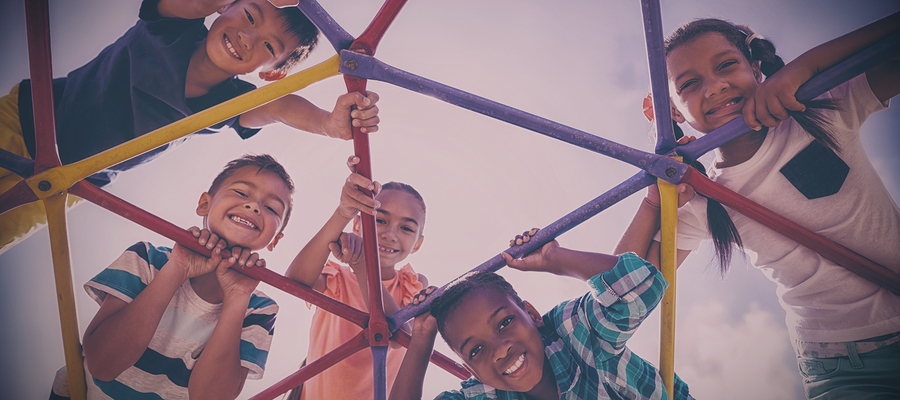
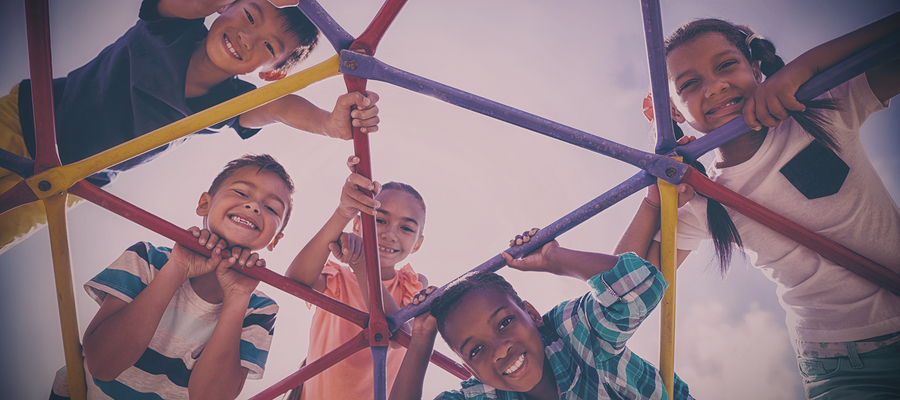
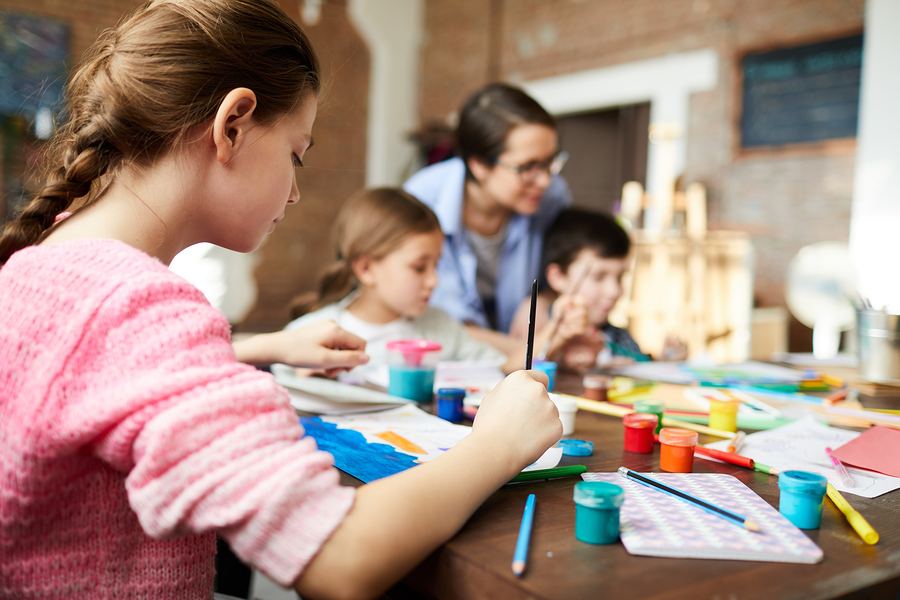
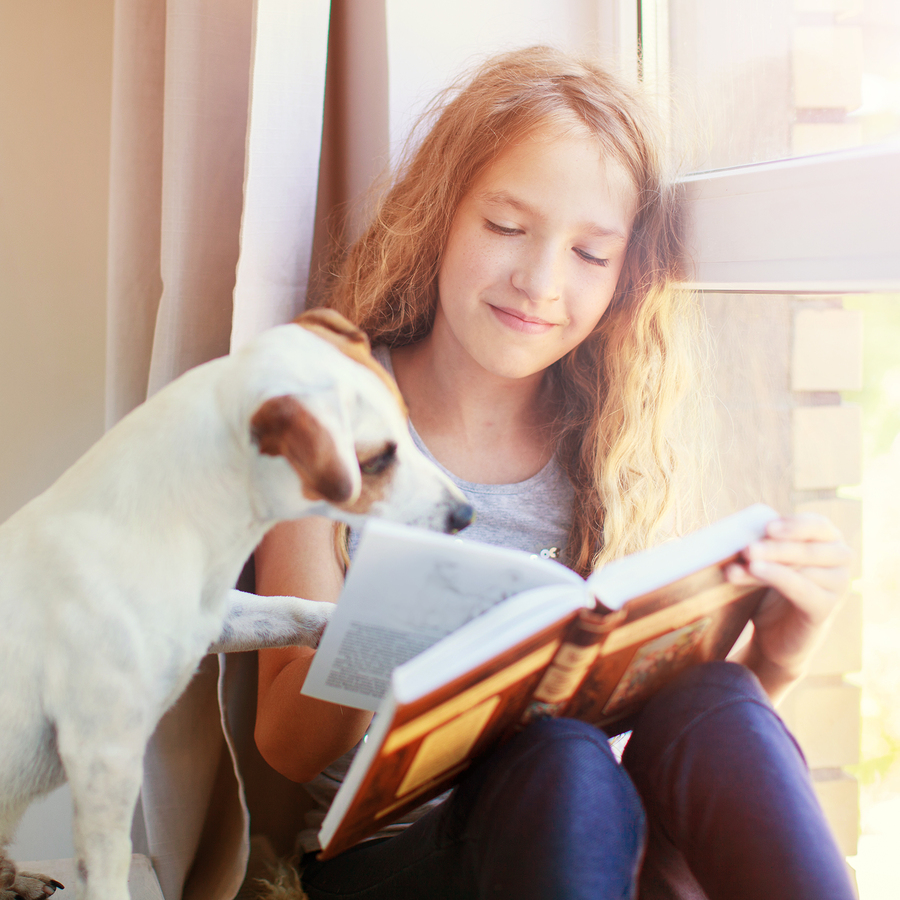


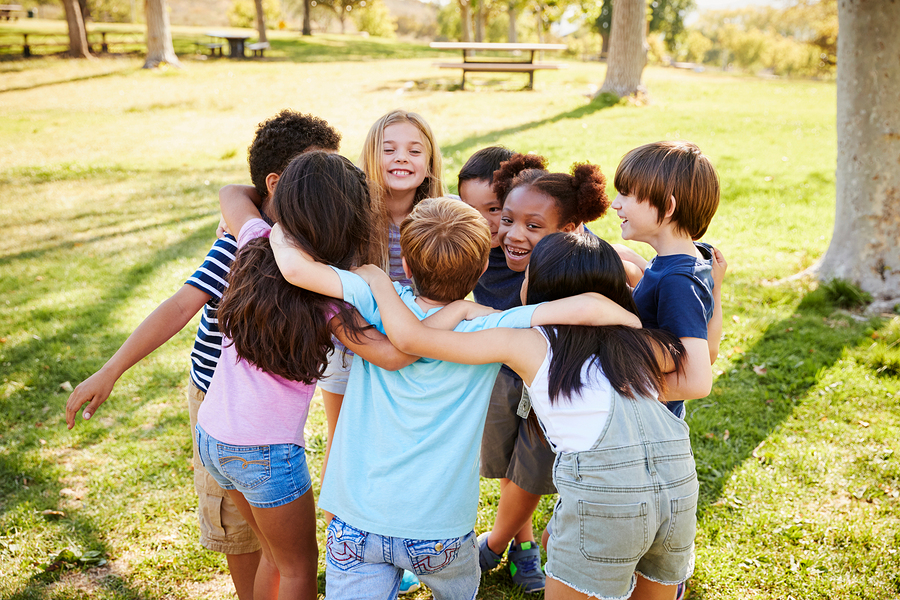
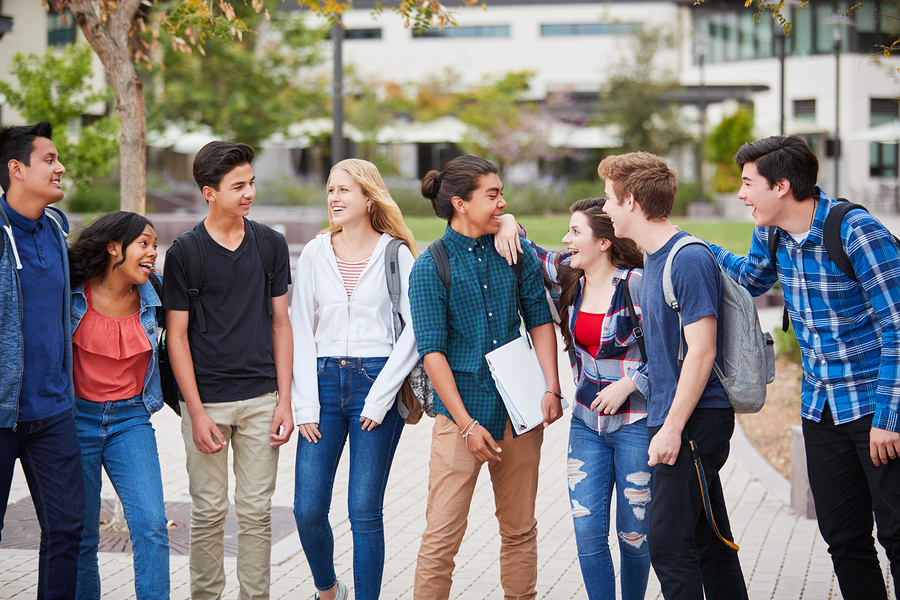


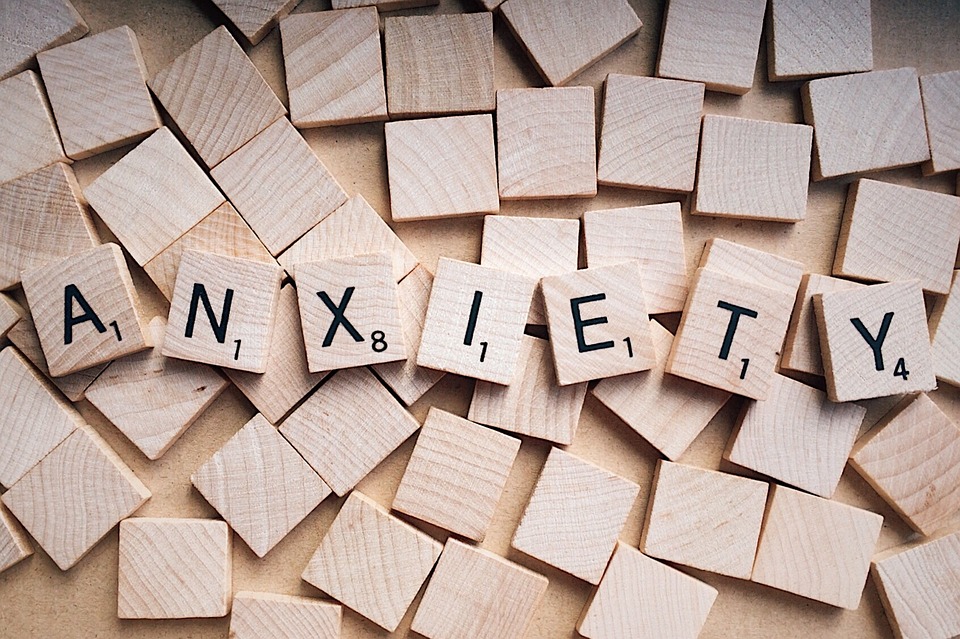
)
Paulette Delgado
Paulette Delgado
Paulette Delgado